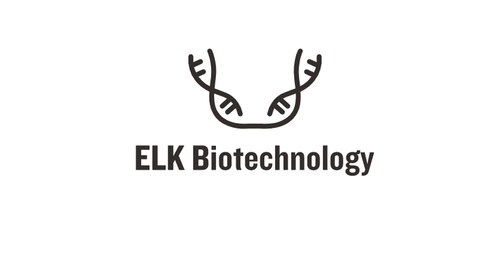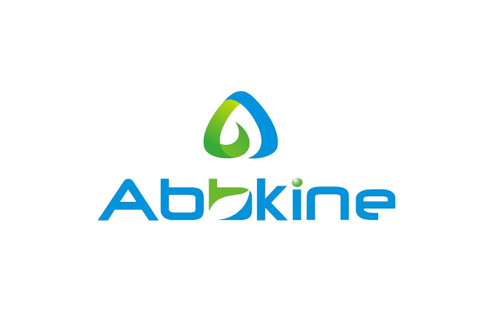Product Description
Human Fetal hemoglobin (HBF) ELISA Kit | AE58575HU | Abebio
Species Reactivity: Human (Homo sapiens)
Abbreviation: HBF
Alternative Name: N/A
Application: ELISA
Range: 3.12-200 ng/mL
Sensitivity: 1.56 ng/mL
Intra-Assay: ≤5.2%
Inter-Assay: ≤9.4%
Recovery: 0, 89
Sample Type: Serum, Plasma, Other biological fluids
Detection Method: Sandwich
Analysis Method : Quantitive
Test Principale: This assay employs a two-site sandwich ELISA to quantitate HBF in samples. An antibody specific for HBF has been pre-coated onto a microplate. Standards and samples are pipetted into the wells and anyHBF present is bound by the immobilized antibody. After removing any unbound substances, a biotin-conjugated antibody specific for HBF is added to the wells. After washing, Streptavidin conjugated Horseradish Peroxidase (HRP) is added to the wells. Following a wash to remove any unbound avidin-enzyme reagent, a substrate solution is added to the wells and color develops in proportion to the amount of HBF bound in the initial step. The color development is stopped and the intensity of the color is measured.
Product Overview: Fetal hemoglobin is the main oxygen transport protein in the fetus during the last seven months of development in the uterus and in the newborn until roughly 6 months old. Functionally, fetal hemoglobin differs most from adult hemoglobin in that it is able to bind oxygen with greater affinity than the adult form, giving the developing fetus better access to oxygen from the mother's bloodstream. In newborns, fetal hemoglobin is nearly completely replaced by adult hemoglobin by approximately the twelfth week of postnatal life. In adults, fetal hemoglobin production can be reactivated pharmacologically, which is useful in the treatment of such diseases as sickle-cell disease.After the first 10 to 12 weeks of development, the fetus' primary form of hemoglobin switches from embryonic hemoglobin to fetal hemoglobin. At birth, fetal hemoglobin comprises 50-95% of the child's hemoglobin.
Stability: The stability of ELISA kit is determined by the loss rate of activity. The loss rate of this kit is less than 5% within the expiration date under appropriate storage condition. The loss rate was determined by accelerated thermal degradation test. Keep the kit at 37°C for 4 and 7 days, and compare O.D.values of the kit kept at 37°C with that of at recommended temperature. (referring from China Biological Products Standard, which was calculated by the Arrhenius equation. For ELISA kit, 4 days storage at 37°C can be considered as 6 months at 2 - 8°C, which means 7 days at 37°C equaling 12 months at 2 - 8°C) .
 Euro
Euro
 USD
USD
 British Pound
British Pound
 NULL
NULL












